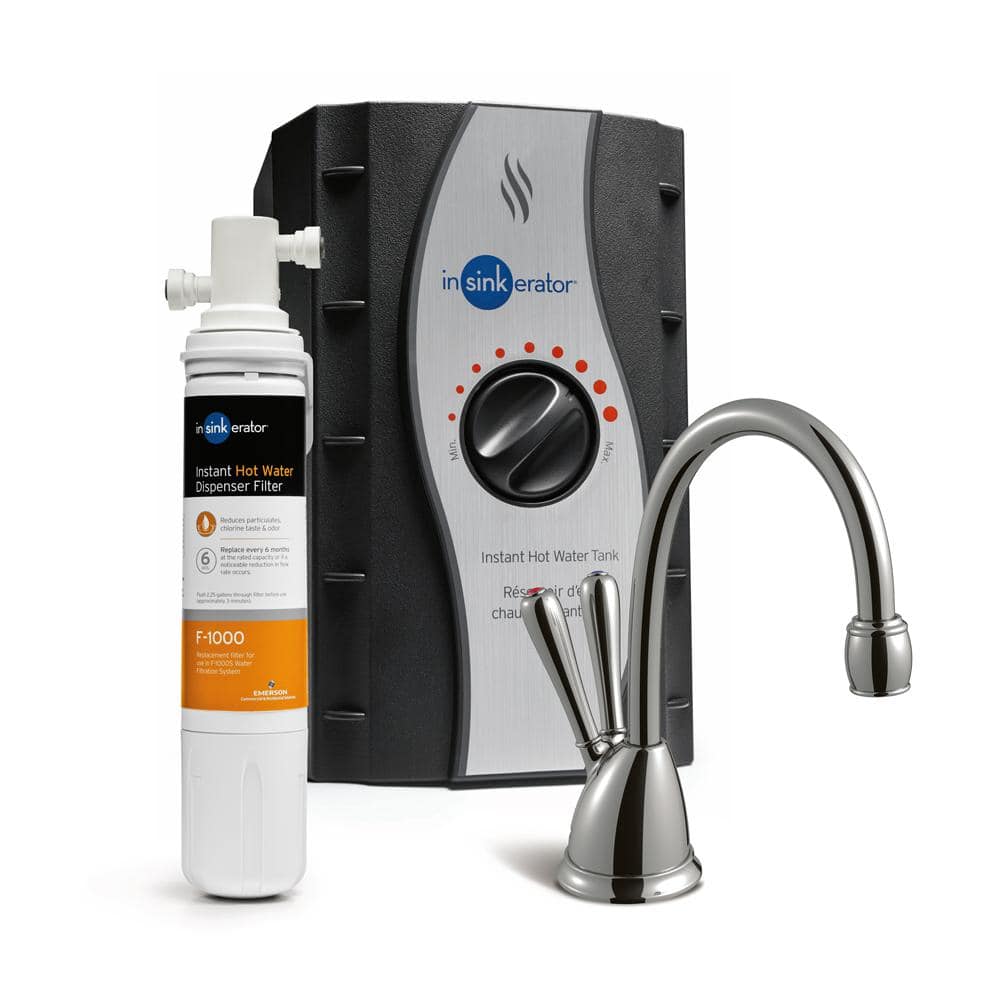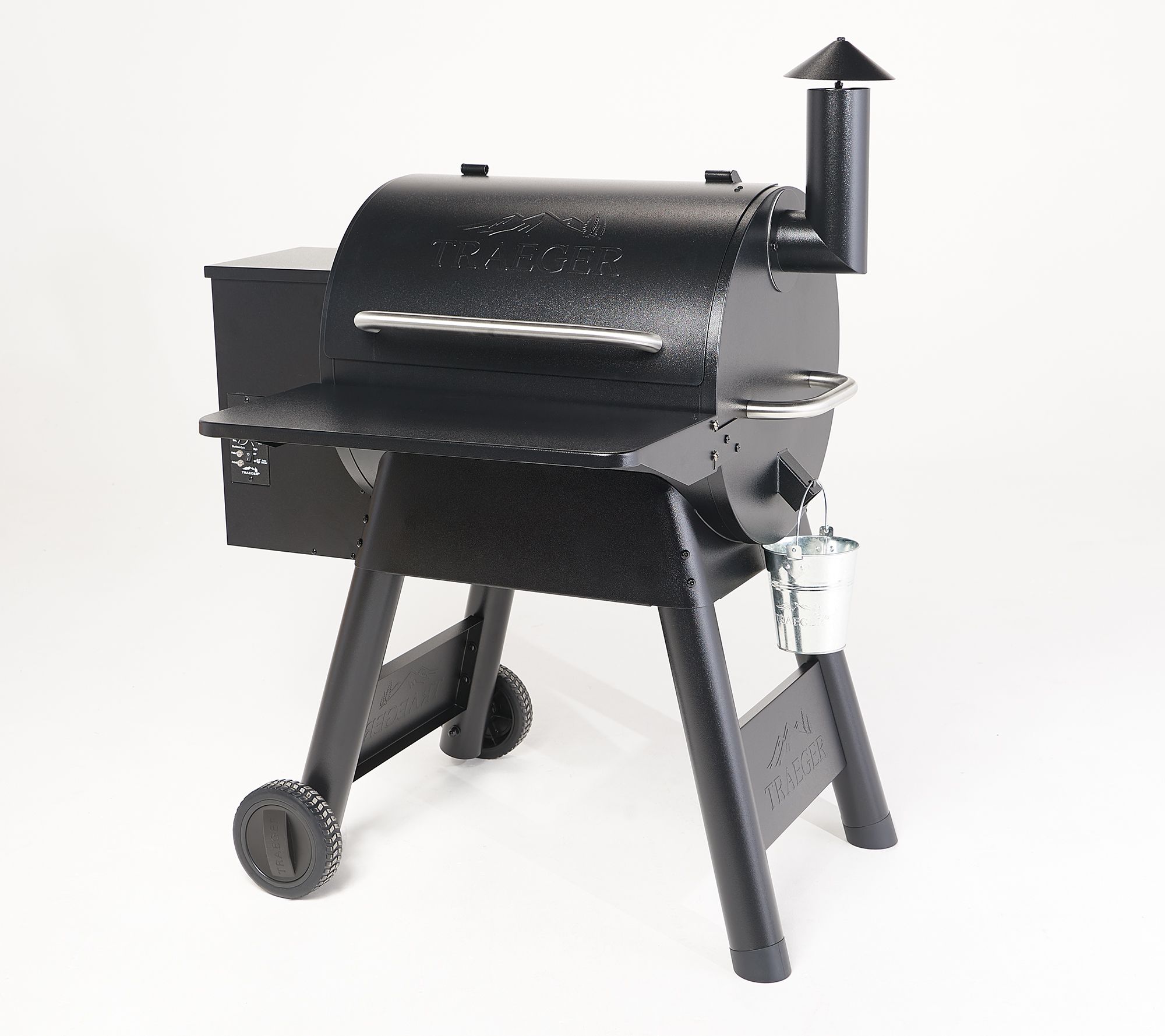InSinkErator Involve View Series Instant Hot & Cold Water Dispenser Tank with Filtration System & 2-Handle 6.75 in. Faucet in Chrome
2/3 Gal. Tank with Adjustable Temperature (160°F – 210°F). Includes Filtration System & Non-Swivel Chrome Faucet. Backed by our 3-Year “We Come to You” Limited In-Home Warranty.
The InSinkErator Involve HC-View 2-Handle Hot Water Dispenser Faucet System in Chrome comes with a 2/3 Gal. stainless steel tank and F-1000S Water Filtration System. The faucet system dispenses up to 60-cups per hour of near-boiling water or cool drinking water. This faucet system features metal construction, a mid-arc spout and an easily adjusted temperature control. The system’s 2-handle design provides different handles for hot and cold water. The faucet system is designed for single-hole installation. The F-1000S Water Filtration System reduces particulates, chlorine taste and odor, allowing you to enjoy better-tasting hot beverages. It has a 1/4 in. quick-connect fitting and filter is replaced easily without contact with used filter material.
- UL Certified Hot Water Tank with durable, stainless-steel construction delivers up to 60 cups of near-boiling water per hour
- Standard filtration system includes head bracket, one (1) F-1000 replacement filter, two polyethylene tubes and quick-connect fitting, 2 mounting screws, 1/4 in. compression fittings
- Includes an all metal, non-swivel, dual-handle faucet in a sleek Chrome finish with hot & cold handles
- NSF 42 Certified System has 500 gal. filter capactiy to reduce particulates, chlorine taste and odor for cleaner and better-tasting water
- Designed for single-hole installation
- Filter head bracket compatible with only F-1000 and F-2000 replacement filters
- Sanitary twist-and-lock design and automatic water shut off during cartride replacement for quick & easy filter changes
- For optimal performance, replace water filtration cartidge every 6-months
- Hot Water Tank & Faucet are backed by a 3-Year “We Come to You” Limited Service Warranty to Cover Repair or Replacement by an Authorized Dealer
- Filtration System is backed by a 1-Year “We Come to You” Limited Service Warranty to Cover Repair or Replacement by an Authorized Dealer
Additional information
| Connection size (in.) | 3/8 In. |
|---|---|
| Faucet Height (in.) | 6.75 |
| Spout Height (in.) | 6.75 |
| Certifications and Listings | UL Listed |
| Manufacturer Warranty | Faucet & Tank include a 3-year We come to you in-home limited warranty. Filtration System includes 1-year We come to you in-home limited warranty (excludes filter replacement cartridges) |






by Rachel
Very good product. We enjoy it every day.